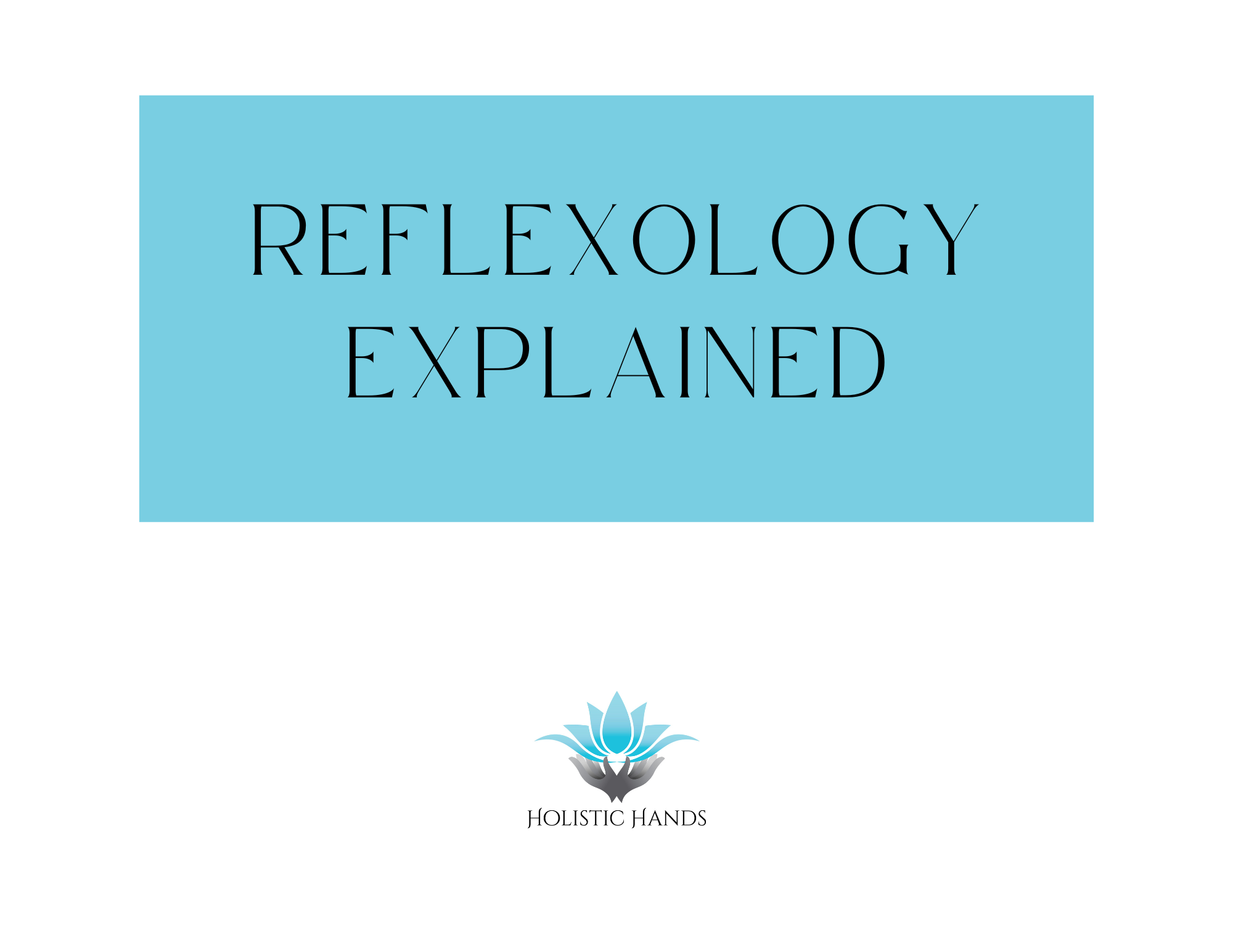Categories
0 Reflexology Explained
- Reflexology
- by Claire Lewis
- 21-04-2025

The History of Reflexology: An Ancient Healing Practice
Reflexology is a complementary therapy that has steadily gained popularity in the UK and beyond for its holistic approach to health and well-being. This practice involves applying pressure to specific points on the feet, hands, and ears, which correspond to various organs and systems in the body. To appreciate reflexology’s significance today, it is essential to explore its rich history and evolution over the centuries.
Ancient Origins
Earliest Evidence
The roots of reflexology can be traced back to ancient civilisations. Evidence of similar practices dates back to around 2330 B.C. in ancient Egypt, where hieroglyphics were discovered depicting foot and hand treatments. These images suggest that the Egyptians recognised the therapeutic benefits of stimulating specific points on the body to promote healing.
Traditional Chinese Medicine
Around the same time, ancient Chinese medicine was developing theories about energy flow throughout the body. The concept of "Qi" (or "Chi") describes the life force that circulates through meridians, or energy pathways. Reflexology aligns with this philosophy, as it aims to restore balance and harmony within the body by manipulating pressure points.
Development Through the Ages
Indian Influence
In India, the practice of reflexology can be linked to Ayurvedic medicine, which emphasises the balance of body, mind, and spirit. The ancient Indian healing system recognised the importance of foot massages and their potential benefits for both physical and mental health.
The Renaissance and Beyond
During the Renaissance in Europe, there was a renewed interest in ancient medical practices, including those of the Egyptians and Chinese. This period saw the emergence of touch therapies, and reflexology began to take shape as a distinct practice. In the early 20th century, Dr. William Fitzgerald, an American physician, developed the concept of "zone therapy," which laid the groundwork for modern reflexology. He proposed that the body could be divided into ten vertical zones, and applying pressure to specific areas would influence corresponding body parts.
The Birth of Modern Reflexology
Eunice Ingham’s Contribution
The modern reflexology movement owes much to Eunice Ingham, a physiotherapist who studied Fitzgerald's work. In the 1930s, Ingham published the influential book "Stories the Feet Can Tell," which detailed her findings on reflex points and their connection to various body systems. Her work helped popularise reflexology, leading to its recognition as a legitimate therapeutic practice.
Zone Therapy
Zone therapy and reflexology are often intertwined, as both practices share a foundational principle: the belief in the presence of specific zones or areas on the body that correspond to different organs and systems. Zone therapy, an early 20th-century practice, posits that the body is divided into ten vertical zones, each linked to specific parts and functions. Reflexology builds upon this concept, focusing primarily on applying pressure to specific points on the feet, hands, and ears, which are believed to correspond to these zones and thereby influence the body's health. This connection between the two therapies is rooted in the idea that stimulating these reflex points can promote healing and balance within the body's various systems. By targeting these zones, practitioners of reflexology aim to alleviate stress, enhance circulation, and support the body's natural healing processes. The synergy between zone therapy and reflexology offers a holistic approach to wellness, tapping into the body's inherent ability to heal and maintain equilibrium.
Global Recognition
In the following decades, reflexology gained traction across the globe and was embraced by practitioners in Europe, North America, and Asia. It adapted to various cultural contexts while retaining its core principles. Today, reflexology is utilised in spas, wellness centres, and healthcare settings, often as a complementary therapy alongside conventional medicine.
Reflexology Today
In recent years, reflexology has garnered significant interest from researchers and healthcare professionals. Numerous studies have investigated its potential benefits, including stress reduction, pain relief, and improved circulation. While more research is needed to fully understand its efficacy, many individuals report positive outcomes and enhanced well-being from reflexology sessions.
Professional Organisations and Training
As demand for reflexology has grown, so have opportunities for formal education and training. Professional organisations in the UK, such as the Association of Reflexologists (AoR) and the Complementary and Natural Healthcare Council (CNHC), have established standards for practice and certification. These organisations promote ethical practices and ensure that practitioners are well-trained in the art and science of reflexology.
Conclusion
Reflexology is more than just a foot massage; it is a time-honoured practice with deep historical roots. From its ancient origins in Egypt and China to its modern-day applications, reflexology continues to evolve while remaining true to its fundamental principles. As this holistic therapy gains recognition within the wellness community, it offers a gentle yet powerful means of promoting health and balance in our lives.
GIVE YOURSELF A MOMENT OF RELAXATION
BOOK YOUR SESSION NOW!
Address
Holistic Hands, 17 Conway Road,
Taplow, Maidenhead,
Berkshire SL6 0LB



